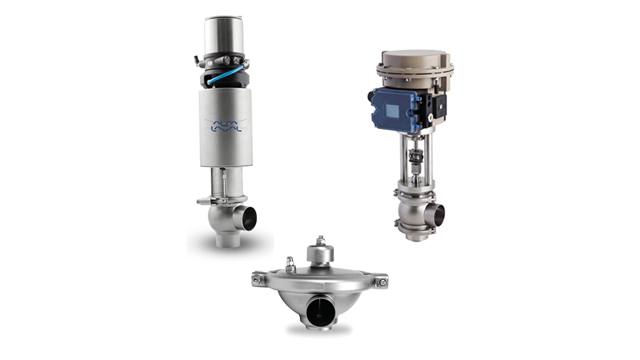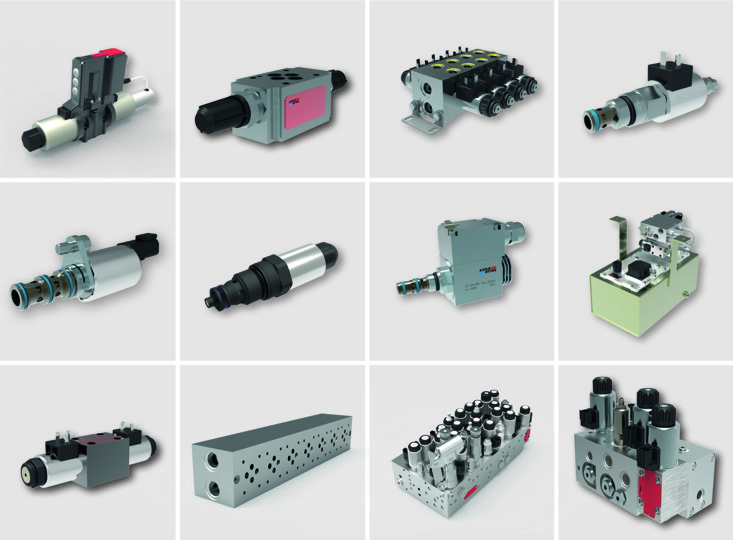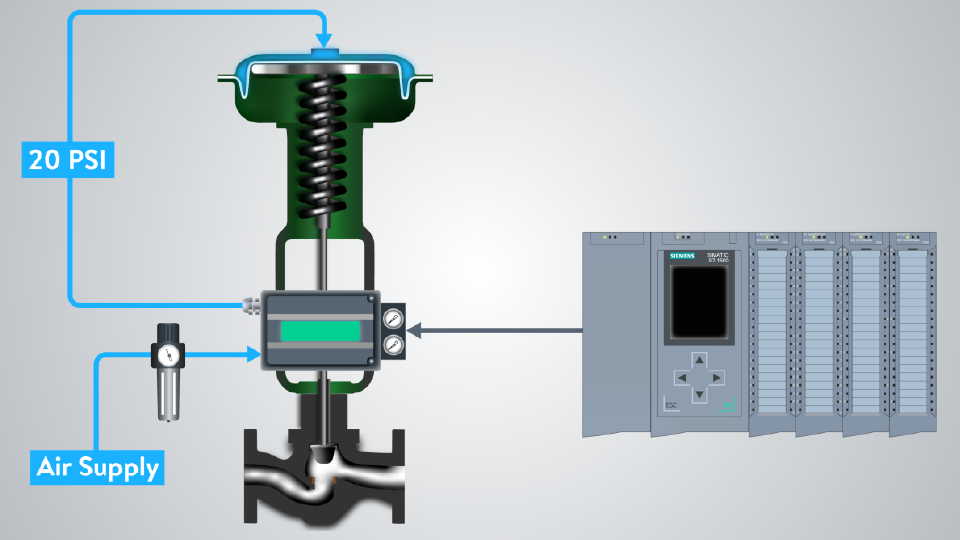Enhancing Operational Performance with Advanced Control Valves
Enhancing Operational Performance with Advanced Control Valves
Blog Article

Maximize Power Financial Savings and Convenience With Advanced Structure Automation Controls
In the realm of modern-day style and center management, the combination of sophisticated building automation manages stands as a pivotal advancement. By using the power of automation, structures can adjust, react, and develop in methods that were once unthinkable.
Power Effectiveness Conveniences
Power effectiveness advantages can considerably reduce power intake and operational costs in structures. By implementing energy-efficient techniques and modern technologies, structure proprietors and drivers can achieve substantial financial savings while additionally contributing to environmental sustainability. One of the main advantages of enhancing power effectiveness in structures is the decrease of energy bills. Energy-efficient systems, such as innovative structure automation controls, can maximize making use of sources like air conditioning, home heating, and illumination, causing lower power costs with time.
Moreover, enhanced power efficiency can prolong the life-span of building equipment and systems. By running extra effectively, cooling and heating systems, light, and other structure parts experience much less damage, leading to minimized maintenance and replacement expenses. Additionally, energy-efficient structures frequently command greater residential property worths and rental rates, giving lasting monetary advantages to proprietors.
In addition, power efficiency can improve occupant comfort and performance. Appropriately managed indoor environments with optimal illumination and thermal conditions produce an even more helpful and pleasant work space, leading to enhanced staff member contentment and efficiency. Generally, the energy effectiveness benefits related to innovative building automation controls are diverse, incorporating expense savings, ecological stewardship, and passenger wellness.
Enhanced Comfort Control
Enhancing comfort control in building environments requires a sophisticated assimilation of sophisticated automation systems for optimal occupant wellness. By utilizing advanced structure automation controls, facilities can tailor the interior atmosphere to satisfy the specific requirements and preferences of owners. control valves.
By incorporating these innovative controls, structures can not just enhance comfort however additionally enhance energy effectiveness by maximizing system operations based on actual tenancy and usage patterns. Ultimately, focusing on occupant comfort through innovative automation systems leads to a more satisfying and healthier indoor atmosphere.
Functional Performance Improvements

Moreover, the execution of real-time tracking and analytics devices makes it possible for structure drivers to recognize energy ineffectiveness and operational abnormalities immediately. By constantly checking energy usage patterns and system performance metrics, modifications can be made in real-time to optimize energy consumption and ensure peak operational effectiveness. control valves. In addition, including demand feedback techniques right into building automation controls can additionally enhance operational effectiveness by dynamically changing power use based on grid conditions and pricing signals
Indoor Climate Optimization
Reliable interior environment optimization is a fundamental aspect of building automation controls, ensuring owners' comfort and well-being while taking full advantage of energy cost savings. By using sophisticated sensors and controls, developing automation systems can continually adjust and check temperature, humidity levels, air top quality, and ventilation to create an optimum indoor environment. Keeping constant and comfortable problems not just boosts passenger satisfaction but additionally increases productivity and total health.
Interior climate optimization additionally plays a critical function in power effectiveness. By fine-tuning air conditioning, heating, and ventilation systems based upon real-time data and occupancy patterns, constructing automation controls can substantially reduce energy consumption - control valves. For example, implementing techniques such as demand-controlled ventilation and thermal zoning can help minimize energy waste while ensuring that each area of the building gets recommended you read the necessary conditioning.

Lasting Setting Creation
Building automation manages not only maximize indoor climate problems for power efficiency and owner comfort yet additionally lay the foundation for producing a lasting setting through critical management of sources and systems. By incorporating sophisticated building automation innovations, click for source such as sensing units, actuators, and smart software application, facilities can keep track of and readjust energy use in real-time to reduce waste and reduce their carbon footprint. These systems allow predictive maintenance, determining possible issues prior to they escalate and maximizing devices performance to improve longevity and performance.
Moreover, lasting atmosphere creation expands past energy administration to include water preservation, waste decrease, and indoor air quality improvement. Structure automation controls can control water use, detect leakages, and guarantee proper waste disposal techniques, adding to total sustainability initiatives. In addition, by controlling and keeping track of ventilation and purification systems, these innovations boost passenger wellness and efficiency while lowering power consumption linked with cooling and heating procedures.
Conclusion
To conclude, advanced building automation controls deal significant advantages in regards to power cost savings, comfort control, functional performance, indoor environment optimization, and producing a sustainable setting. By applying these controls, structures can accomplish optimum performance while minimizing energy browse around this site intake and improving owner comfort. It appears that making use of sophisticated automation innovation is important in improving building efficiency and creating a more lasting future.
Power performance benefits can considerably reduce power usage and functional prices in structures. In general, the energy performance benefits connected with innovative building automation controls are multifaceted, encompassing price financial savings, environmental stewardship, and resident well-being.
In addition, incorporating demand action strategies into structure automation controls can better improve functional performance by dynamically adjusting energy usage based on grid problems and pricing signals.
Structure automation controls not just optimize indoor environment conditions for power efficiency and resident convenience however likewise lay the structure for producing a lasting setting through strategic monitoring of sources and systems.In final thought, progressed building automation controls deal considerable advantages in terms of power savings, convenience control, operational performance, interior environment optimization, and developing a sustainable setting.
Report this page